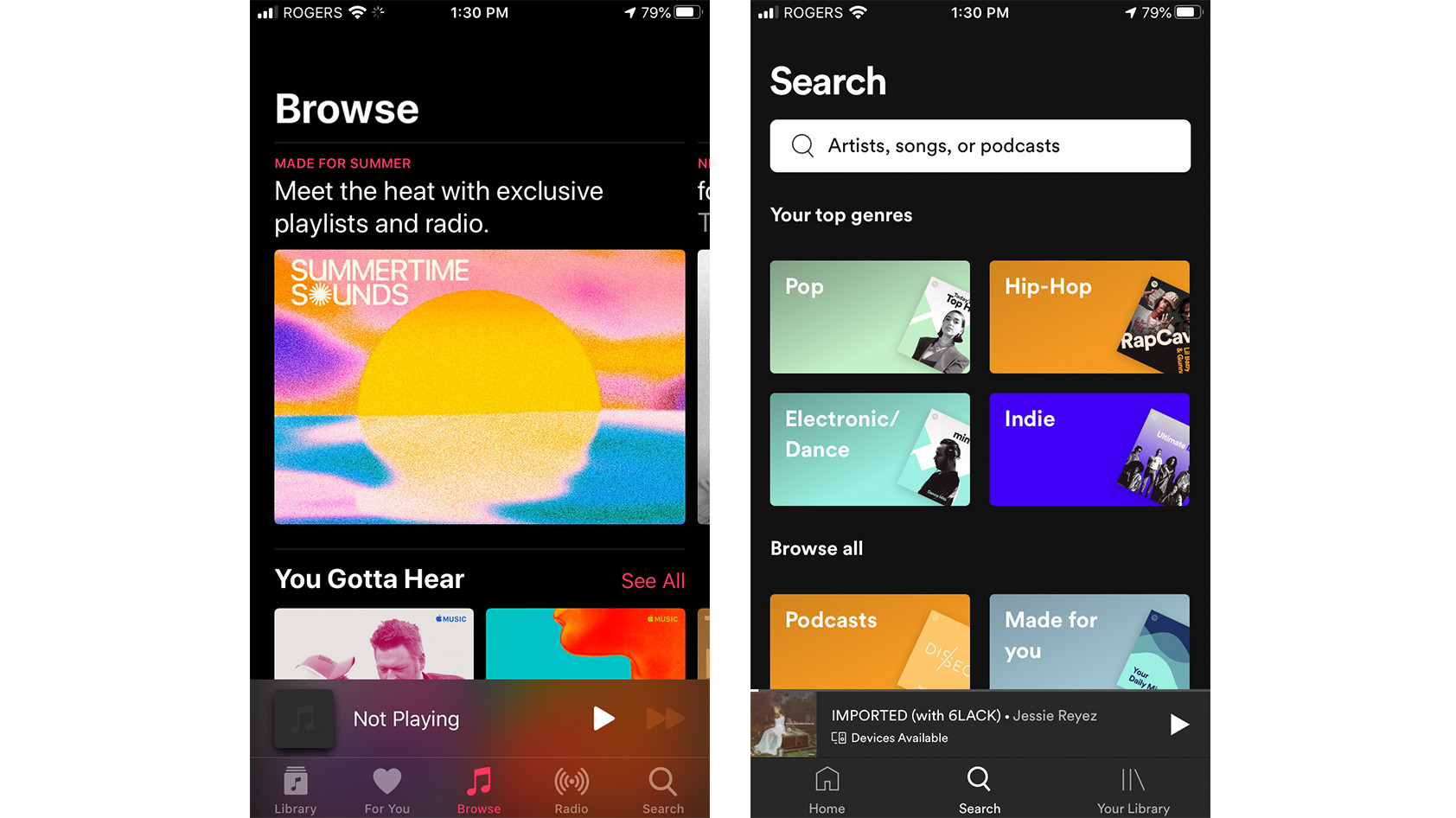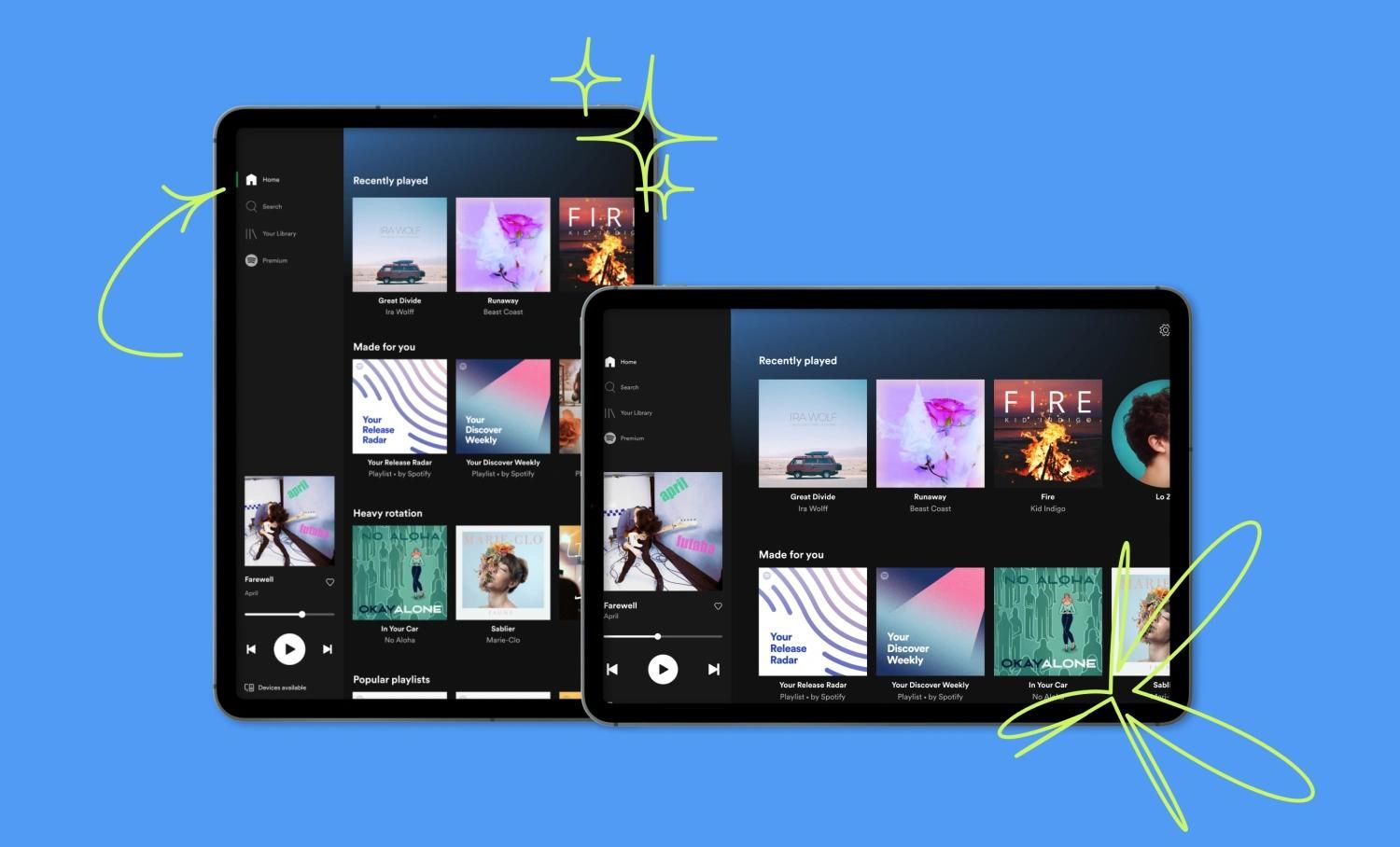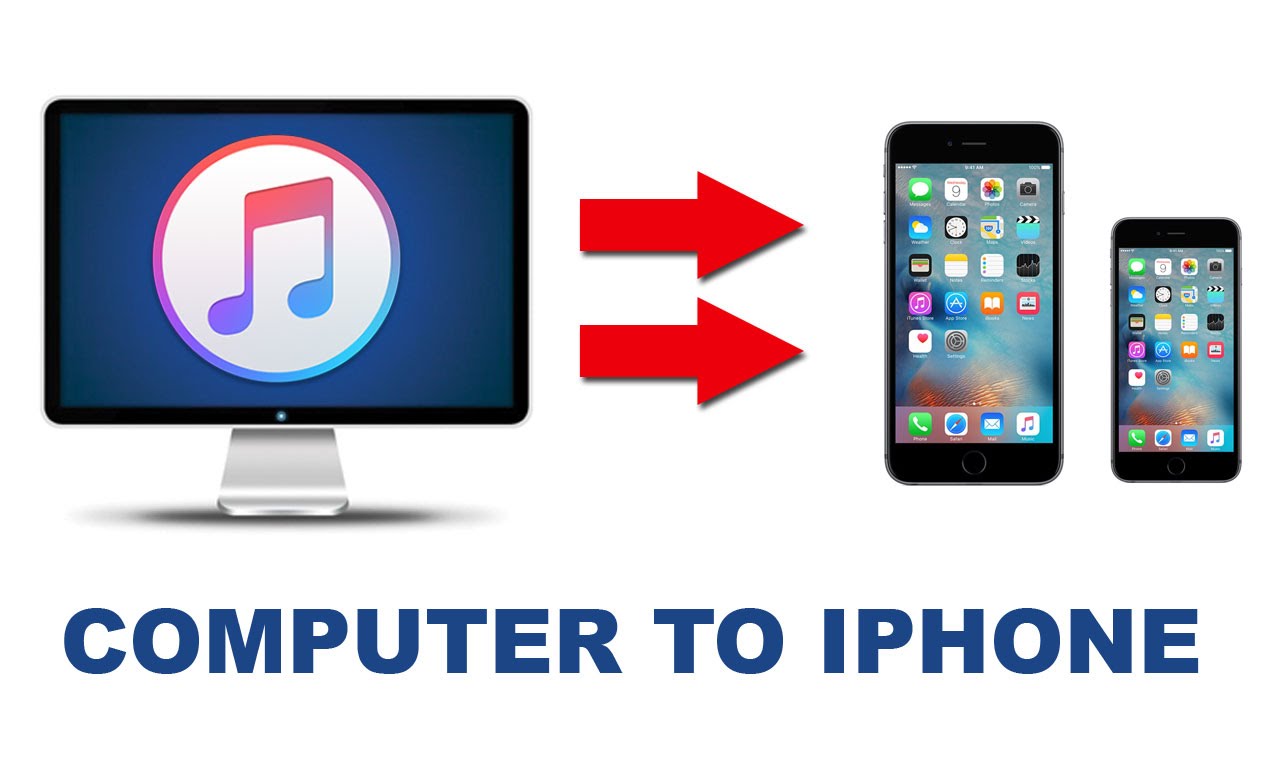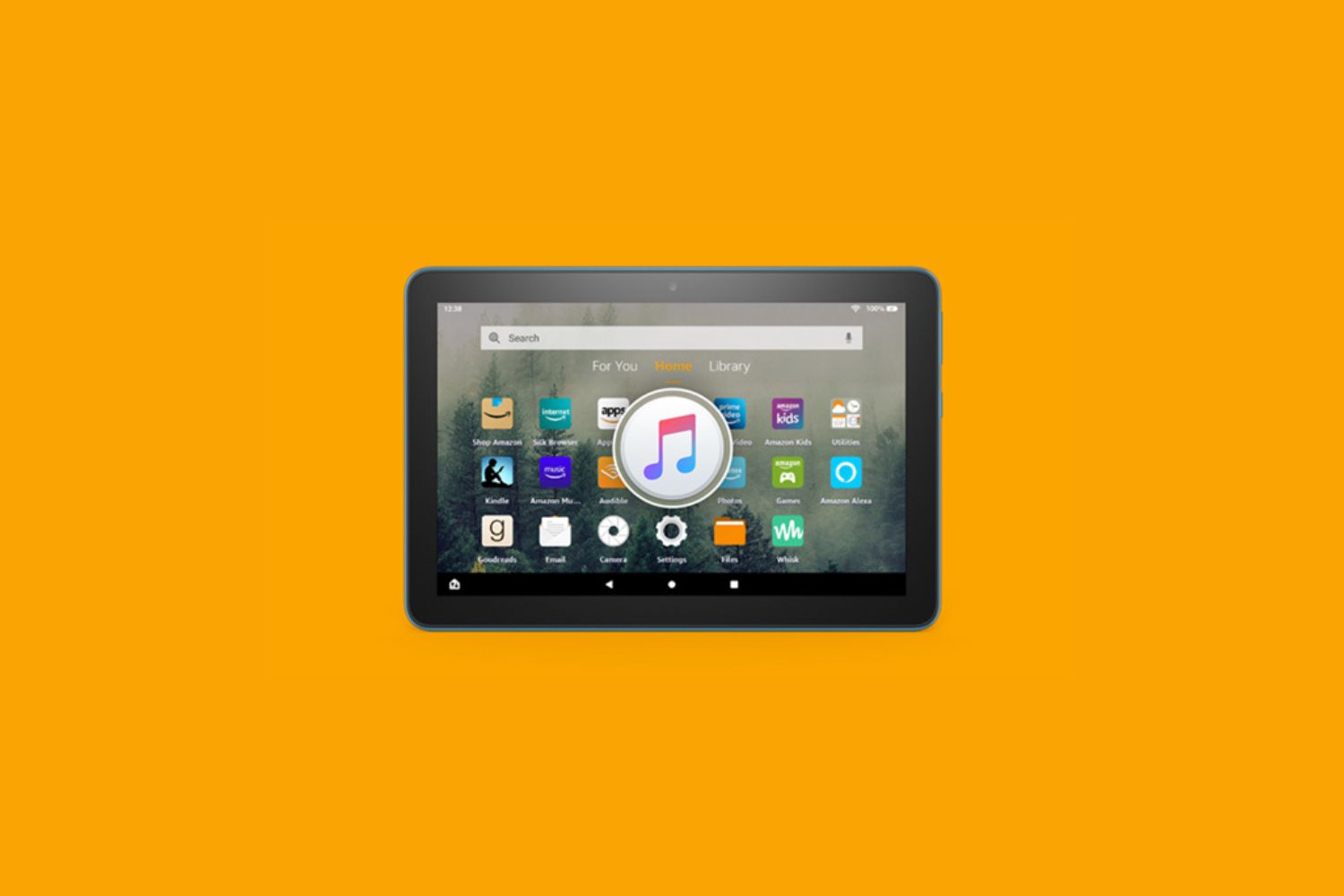Introduction
Welcome to this guide on how to transfer your playlist from Amazon Music to Apple Music. If you are someone who has been using Amazon Music to curate your favorite songs into playlists but now want to switch to Apple Music, you may be worried about losing all your carefully curated playlists. However, with the help of a third-party tool, you can easily transfer your playlists from Amazon Music to Apple Music without losing a single track. In this article, we will walk you through the step-by-step process of exporting your playlist from Amazon Music and importing it to Apple Music. So, let’s get started!
When it comes to transferring playlists between different music streaming platforms, it can be challenging to find a direct method or built-in feature. This is where a third-party tool comes in handy. These tools are specifically designed to help you seamlessly move your music libraries, playlists, and preferences from one platform to another. By utilizing a reliable third-party tool, you can save time and effort in manually recreating your playlists or searching for your favorite songs all over again.
Please note that in this guide, we will be using the “Playlist Converter” tool, which is known for its user-friendly interface and efficient playlist transfer capabilities. You can easily find this tool by searching for it in your preferred search engine. Once you have the tool ready, follow the steps below to transfer your playlist from Amazon Music to Apple Music.
Choosing a Third-Party Tool
Before you can begin the process of transferring your playlist from Amazon Music to Apple Music, you need to choose a reliable third-party tool that can facilitate this transfer seamlessly. There are several options available, but it is important to select one that suits your needs and preferences. Here are a few factors to consider when choosing a third-party tool:
1. Compatibility: Ensure that the tool you are selecting supports both Amazon Music and Apple Music. It should have the capability to read and transfer playlists between these two platforms.
2. User-Friendly Interface: Look for a tool that offers a user-friendly interface, making it easy for you to navigate and understand the transfer process. A simple and intuitive interface will save you time and frustration.
3. Playlist Preservation: The selected tool should be capable of transferring your playlist accurately, without any missing tracks or metadata. This ensures that the integrity of your playlist is maintained during the transfer process.
4. Speed and Efficiency: Consider the speed at which the tool transfers the playlist from Amazon Music to Apple Music. A fast and efficient tool will save you time and let you enjoy your music on the new platform sooner.
5. Reviews and Recommendations: Read reviews and seek recommendations from other users who have already used the tool. Their experiences and insights can give you a better understanding of the tool’s performance and reliability.
Once you have considered these factors, you can make an informed decision and select the most suitable third-party tool for transferring your playlist. Keep in mind that the tool mentioned earlier, “Playlist Converter,” is widely used and highly regarded for its functionality and ease of use. However, feel free to explore other tools as well, based on your personal preferences and requirements.
In the next section, we will discuss the process of exporting the playlist from Amazon Music using the chosen third-party tool.
Exporting the Playlist from Amazon Music
Once you have selected a suitable third-party tool for the transfer process, it’s time to export your playlist from Amazon Music. Here are the steps to follow:
Step 1: Launch the chosen third-party tool and ensure that both Amazon Music and Apple Music are connected or authorized within the tool’s interface. You may need to grant permissions and provide login credentials for both platforms.
Step 2: Locate the playlist you wish to transfer within Amazon Music. Open the playlist and select the option to export or transfer it to another platform. This functionality may vary depending on the tool you are using, but most tools provide a clear and intuitive process.
Step 3: Choose Apple Music as the destination platform for your playlist. The tool will prompt you to specify the location or playlist name within Apple Music where you want the exported playlist to be saved.
Step 4: Confirm your selection and initiate the transfer process. The third-party tool will begin exporting your playlist from Amazon Music and importing it into Apple Music. This process may take some time, depending on the size of your playlist and the speed of your internet connection.
Step 5: Once the transfer process is complete, the tool will notify you of the successful export. You can now access your playlist on Apple Music and verify that all tracks and metadata have been transferred accurately.
It is important to note that some third-party tools may offer additional features, such as the ability to transfer multiple playlists simultaneously or filter out duplicate tracks during the transfer process. Explore the tool’s documentation or settings to make the most of these features, if available.
With the playlist successfully exported from Amazon Music, the next section will guide you through the process of importing the playlist into Apple Music.
Importing the Playlist to Apple Music
Now that you have successfully exported your playlist from Amazon Music, it’s time to import it into Apple Music. Follow these steps to complete the transfer process:
Step 1: Open Apple Music on your device and ensure that you are signed in to your Apple Music account. If you don’t have an Apple Music subscription, sign up for one to access all the features and benefits.
Step 2: Look for the option to import playlists within the Apple Music interface. This option is usually located in the settings or preferences section. Click on it to initiate the import process.
Step 3: Select the option to import a playlist from an external source or file. The exact location or wording may vary depending on the version of Apple Music you are using.
Step 4: Locate the exported playlist file that you obtained from the previous section. Depending on the third-party tool you used, the file may be in a specific format like M3U or XML. Ensure that you select the correct file for import.
Step 5: Confirm the import settings, such as the playlist name or destination folder within Apple Music. Customize these settings according to your preferences, if applicable.
Step 6: Begin the import process by clicking on the import or confirm button. Apple Music will read the file and start importing the playlist. This may take a few moments, depending on the size of the playlist and the performance of your device.
Step 7: Once the import process is complete, you will receive a notification confirming the successful import of your playlist. You can now access the imported playlist within Apple Music and enjoy your favorite songs seamlessly.
It is worth noting that the imported playlist may require some additional organization or adjustment within Apple Music. You may need to add custom artwork, rearrange the song order, or edit any missing or incorrect metadata. Take some time to review and refine the playlist to ensure it meets your preferences and expectations.
In the next section, we will discuss how to check the imported playlist in Apple Music to ensure that all tracks and metadata have been transferred accurately.
Checking the Imported Playlist
After successfully importing your playlist from Amazon Music to Apple Music, it is important to check the imported playlist to ensure that all tracks and metadata have been transferred accurately. Here’s how you can do that:
Step 1: Open Apple Music on your device and navigate to the playlist that you just imported. It should appear in your library or playlist section, depending on your device’s interface.
Step 2: Play through the playlist and listen to each track to verify that they are the correct songs. Pay attention to any missing tracks or discrepancies in the song order.
Step 3: Check the metadata of the songs within the playlist. This includes the track name, artist name, album name, and any additional information such as genre or release year. Ensure that all the information is displayed correctly.
Step 4: If you notice any errors or missing information, you can manually edit the metadata within Apple Music. Right-click or long-press on the respective track and select the option to edit the song’s details. Make the necessary adjustments and save the changes.
Step 5: Review the overall arrangement and organization of the playlist. You may want to rearrange the order of the songs or add any custom artwork to enhance the visual appeal of the playlist.
Step 6: Double-check any additional features or settings that you had within the playlist on Amazon Music. For example, if you had specific song descriptions or comments, ensure that they are still available within Apple Music.
By thoroughly checking your imported playlist, you can make sure that everything transferred correctly and that you can enjoy your music seamlessly within Apple Music. Take the time to make any necessary adjustments or edits to ensure that the playlist meets your preferences and matches the original version from Amazon Music.
In the next section, we will summarize the key points covered in this guide and provide some closing thoughts on transferring playlists from Amazon Music to Apple Music.
Conclusion
Transferring your playlist from Amazon Music to Apple Music may seem like a daunting task, but with the help of a reliable third-party tool, it can be a seamless and efficient process. By carefully selecting a tool that meets your needs and preferences, you can avoid the hassle of manually recreating your playlists or searching for your favorite songs again. The steps outlined in this guide provide a clear path to export your playlist from Amazon Music and import it into Apple Music.
Remember to choose a third-party tool that is compatible with both Amazon Music and Apple Music, offers a user-friendly interface, preserves the integrity of your playlist, and ensures a fast and efficient transfer process. Reading reviews and seeking recommendations from other users can also provide valuable insights to help you make an informed decision.
Once you have exported the playlist from Amazon Music and imported it into Apple Music, take the time to check the imported playlist for any errors or missing information. Adjust the metadata, song order, and overall organization within Apple Music to ensure that the playlist aligns with your preferences and meets your expectations.
Transferring your playlist allows you to seamlessly continue enjoying your favorite songs on a new platform without the need for manually recreating the playlist from scratch. With the right tools and attention to detail, you can smoothly transition from Amazon Music to Apple Music while keeping your cherished playlist intact.
So, go ahead and start the process of transferring your playlist from Amazon Music to Apple Music using the steps explained in this guide. Embrace the power of third-party tools to simplify the transfer and continue enjoying your music seamlessly on the new platform.












![How To Download Music Safe and Fast [GUIDE]](https://robots.net/wp-content/uploads/2022/04/how-to-download-music-featured-300x175.jpg)












